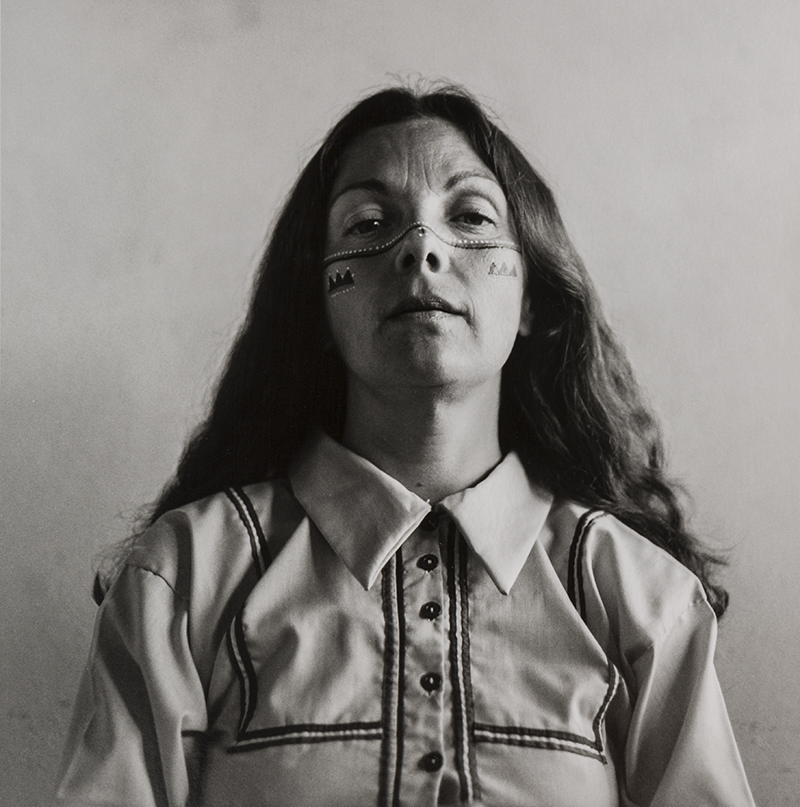One of the most influential contemporary photographers of Latin America, Graciela Iturbide (b. 1942) has produced majestic and powerful images of her native Mexico for the past 50 years. Graciela Iturbide’s Mexico is the artist’s most extensive U.S. exhibition in more than two decades, comprising 140 black-and-white prints that reveal the artist’s own journey to understand her homeland and the world.
Impress your friends with five fast facts about Iturbide, revealing how her process and pictures shed new light on other photographs on view in the museum’s collection.

1. Picturing Self
While Iturbide typically photographs others, she occasionally captures her own likeness. Graciela Iturbide’s Mexico includes four autorretratos, or self-portraits, that reveal and conceal the artist. Consider how her contemporaries Kirsten Justesen (b. 1943), Cindy Sherman (b. 1954), and Gillian Wearing (b. 1963) obfuscate their faces to redefine traditions of self-portraiture.
2. Getting to Know You
Iturbide immerses herself in the communities she photographs to gain trust and respect. She spends extended time on location, participates in cultural traditions, and even works alongside her subjects. Similarly, Esther Bubley (1921—1998) and Nikki S. Lee (b. 1970) embedded themselves in rural America for their own respective series—Ladies’ Home Journal’s “How America Lives” (1948—1960) and The Ohio Project (1999).
3. Recording Tradition
Iturbide’s extensive catalogue of images of the Seri, Zapotec, and Mixteca peoples show her deep respect for and desire to record indigenous Mexican cultures. This work extends a tradition practiced by Lola Álvarez Bravo (1907—1993), who simultaneously captured distinctive Mexican customs and universal human emotions.
4. Investigating Nature
Iturbide observes and pictures aspects of the natural world that typically go unseen—like a bird’s skeleton or a cactus receiving IV fluids. Similarly, Maggie Foskett (1919—2014) created cliché verres to enlarge and make transparent nature’s underlying structures. Amy Lamb (b. 1944) employs carefully controlled studio conditions, unparalleled patience, and a watchful eye to capture the fleeting moment flowers bloom or seedpods burst.
5. Celebrating Authenticity
Juchitán’s egalitarian culture embraces a third gender known as muxes, or individuals assigned male at birth who dress and behave as women. Iturbide photographed a muxe named Magnolia at her request. South African artist and visual activist Zanele Muholi (b. 1972) also pictures individuals from the LGBTQIA+ community in her native country.
